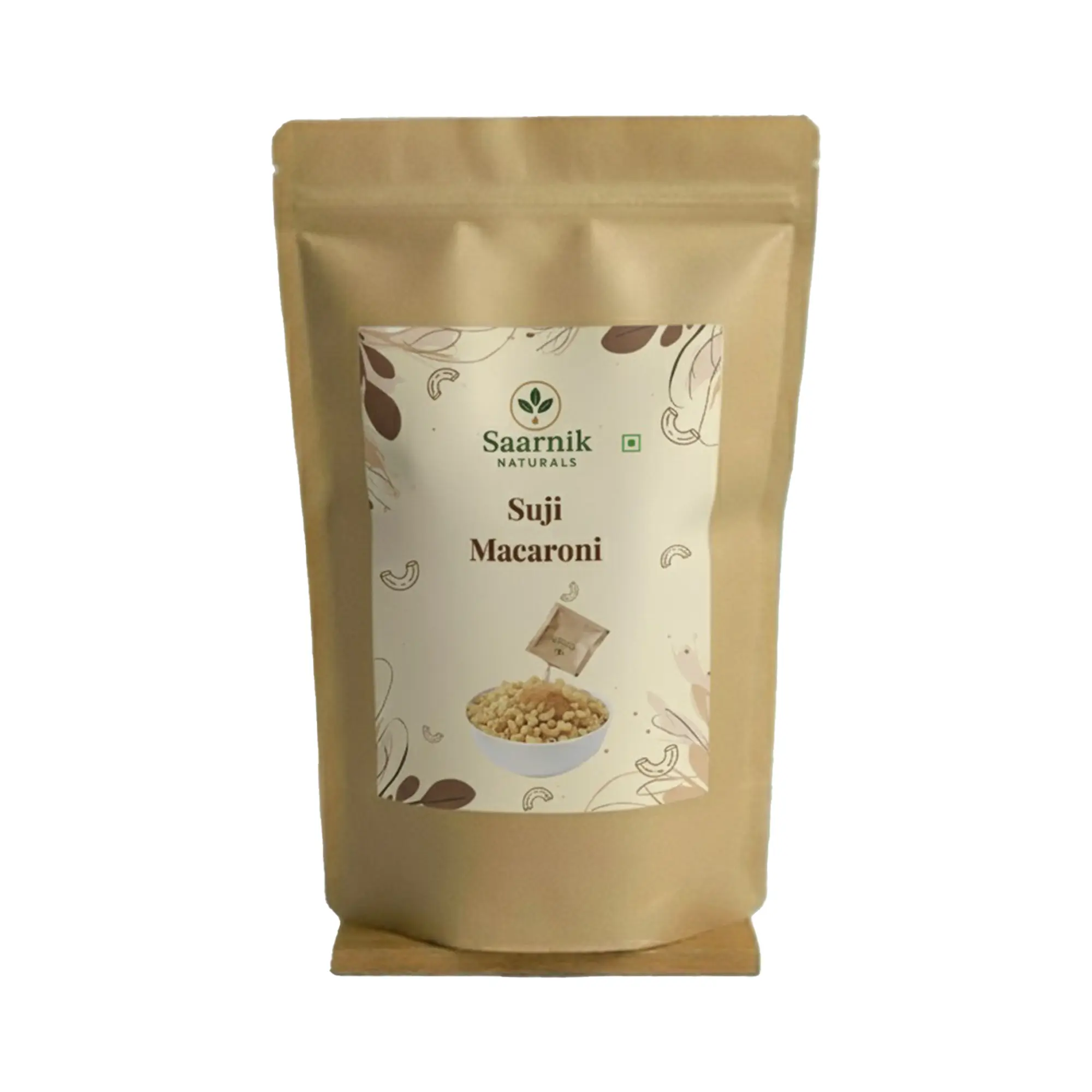Semolina macaroni nutrition offers a powerful advantage over regular pasta, making it a popular choice for health-conscious food lovers. But what exactly sets semolina macaroni apart nutritionally? In this article, we’ll break down the key differences between semolina-based macaroni and regular pasta, exploring how semolina’s unique nutrient profile supports better digestion, sustained energy, and overall wellness. Whether you’re selecting pasta for balanced meals or aiming to upgrade your family dinners, understanding these nutritional benefits helps you make smarter choices. Let’s dive into why semolina macaroni stands out as a healthier option.
The Nutritional Profile of Semolina Macaroni Nutrition
What Makes Semolina Macaroni Unique?
Semolina macaroni is produced from durum wheat, a hard wheat variety yielding a coarse, protein-rich flour called semolina or “suji.” This distinguishes it markedly from regular pasta, which often contains softer wheat flours like all-purpose or refined wheat.
Thanks to its durum wheat origins, semolina macaroni nutrition includes:
- Higher protein content: Semolina contains about 12–13 grams of protein per 100 grams (dry), essential for muscle repair and satiety.
- Rich in dietary fiber: The coarser grind retains more fiber, aiding digestion and helping regulate blood sugar.
- Essential micronutrients: It provides substantial B vitamins such as thiamine and folate, plus minerals like iron and magnesium that support energy metabolism and cardiovascular health.
Comparison With Regular Pasta
Regular pasta, typically made from refined wheat flour, has a lower protein and fiber content. The refinement process removes significant bran and germ portions of the wheat kernel, which contain these key nutrients. As a result, regular pasta offers a more rapid digestion process and a higher glycemic index, which can lead to quicker blood sugar spikes. In contrast, semolina macaroni digests more slowly, providing more sustained energy release and enhanced fullness.
Health Benefits of Semolina Macaroni Nutrition
Supports Digestive Health
The fiber content in semolina macaroni is higher than in regular pasta, primarily because of less processing. Dietary fiber improves bowel regularity and promotes the growth of beneficial gut bacteria. Including fiber-rich foods like semolina macaroni in your diet helps prevent constipation and supports a healthy digestive system.
Better Blood Sugar Management
Due to its low glycemic index caused by higher protein and fiber, semolina macaroni causes slower glucose absorption. This helps reduce sudden blood sugar spikes, which is beneficial for individuals managing diabetes or those wanting to maintain energy levels evenly throughout the day.
Protein and Suji Macaroni Nutrition: Why It Matters
Protein Quality and Muscle Maintenance
Suji macaroni nutrition is notable for its relatively higher protein content when compared to regular wheat pasta. Protein plays a critical role in muscle growth, repair, and overall metabolic function. Choosing semolina macaroni can contribute to a more balanced diet, supporting active lifestyles and recovery.
Satiety and Weight Management
The combined effect of protein and fiber in semolina macaroni promotes the feeling of fullness after meals. This can curb overeating and assist with weight management goals by naturally reducing hunger pangs between meals.
Micronutrients in Semolina Macaroni: A Nutritional Boost
B Vitamins for Energy
Semolina macaroni provides important B vitamins, including thiamine and folate, which help convert macronutrients into usable energy. These vitamins are essential for maintaining healthy nervous and cardiovascular systems.
Iron and Magnesium Benefits
Iron in semolina macaroni supports oxygen transport in the blood, preventing anemia and promoting vitality. Magnesium aids in muscle function and heart health. These minerals are less abundant in regular pasta due to refining processes.
Texture, Taste, and Cooking Advantages of Semolina Macaroni
Firm Texture That Holds Shape
One reason semolina macaroni is favored by home cooks and chefs alike is its ability to stay firm and maintain shape after cooking. Its higher gluten content prevents it from turning mushy, unlike many regular pasta varieties.
Enhanced Flavor Profile
Semolina macaroni has a mild nutty flavor that complements a wide range of sauces and ingredients, elevating simple dishes into satisfying, tasty meals.
How to Choose and Incorporate Semolina Macaroni
Selecting Quality Products
Look for authentic semolina macaroni made from 100% durum wheat semolina. For example, this semolina pasta option offers high protein and fiber without any refined flour (maida) added, making it both nutritious and natural.
Simple Ways to Add to Your Diet
Use semolina macaroni in your favorite pasta salads, baked casseroles, or classic boiled pasta dishes paired with vegetables and lean proteins for a balanced plate. Cooking al dente maximizes its nutritional benefits and texture.
Summary: Why Semolina Macaroni Nutrition Triumphs Over Regular Pasta
To sum up, semolina macaroni nutrition brings distinct benefits by offering higher protein, more fiber, and essential vitamins and minerals compared to regular pasta. It supports digestion, steady blood sugar levels, muscle health, and weight management, all while delivering superior texture and flavor. For anyone seeking a nutritious, versatile pasta option, switching to semolina-based macaroni is a smart and satisfying choice. Explore more about semolina macaroni nutrition and discover quality products that can enrich your meals and health naturally.

0 comments